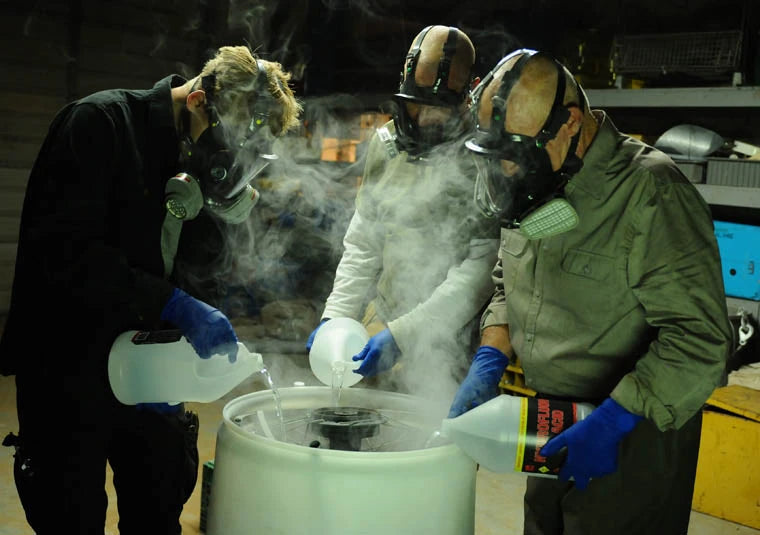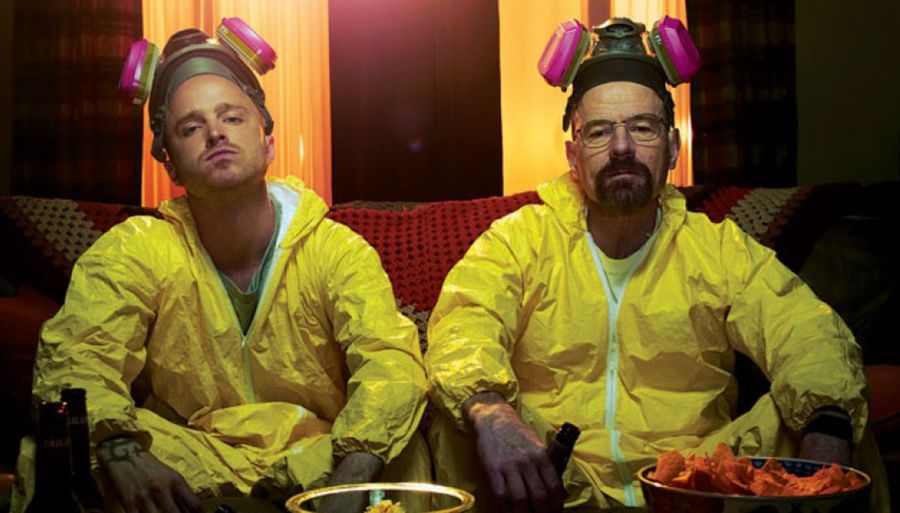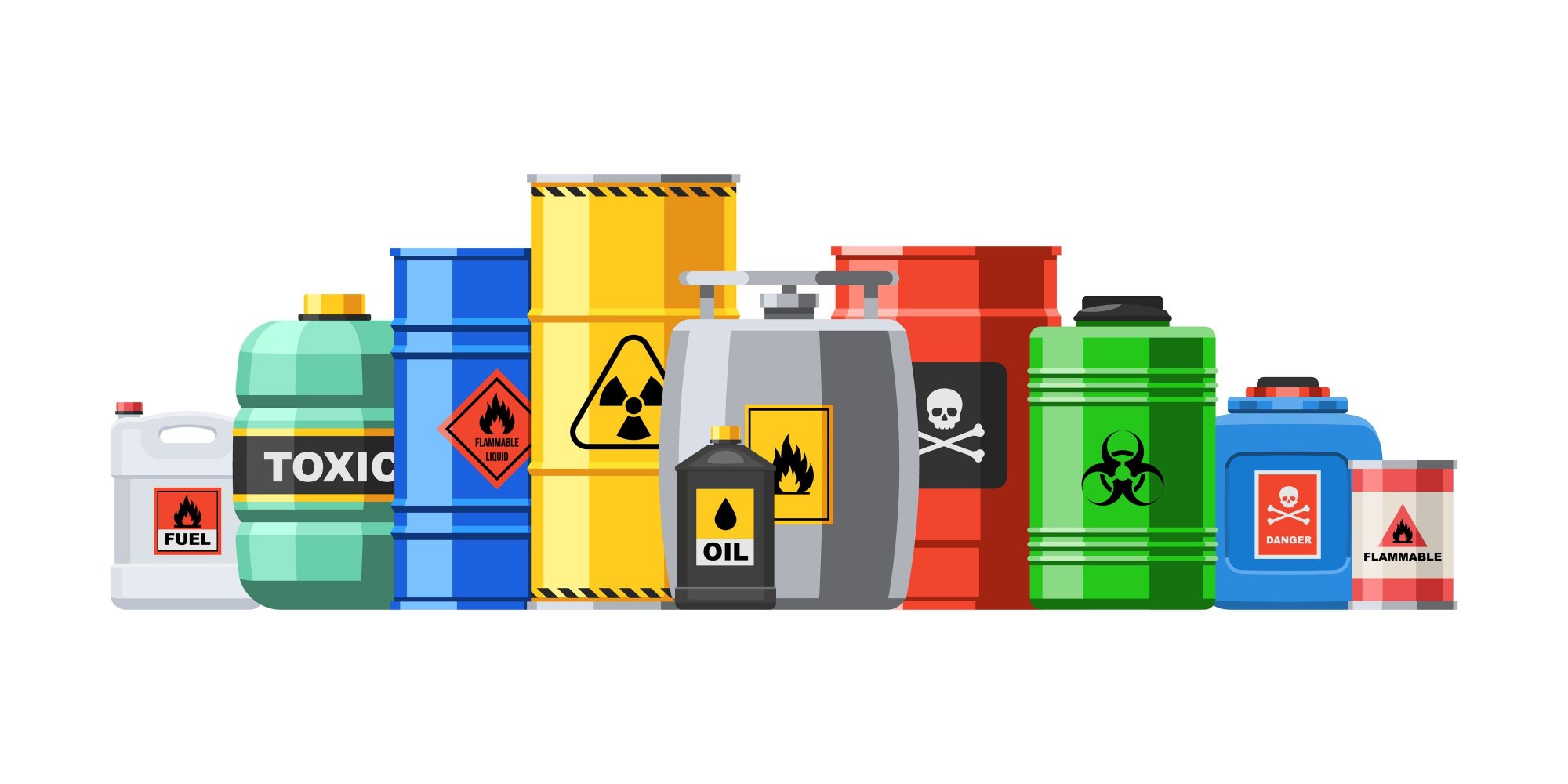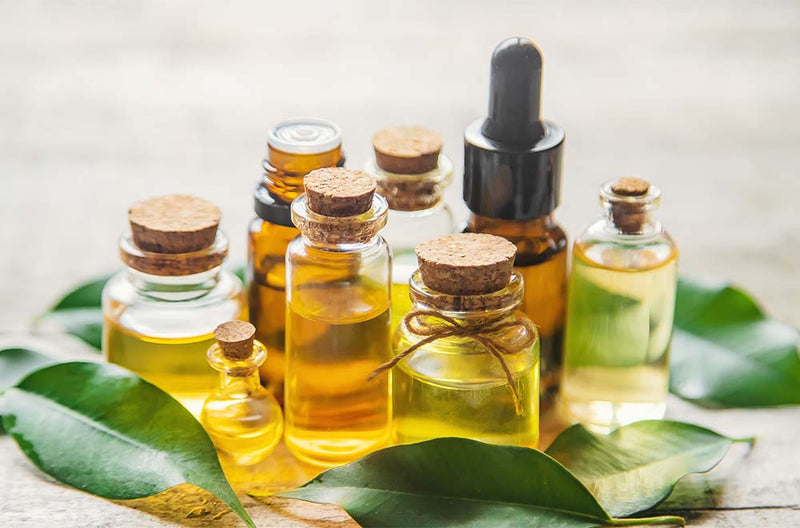
Let's talk about lye safety + 2 bonus tipps
June 09 2024
One of the most important things before you start making traditional cold or hot process soaps is to make sure you can handle lye (mostly NaOH or in rare cases KOH) comfortably & safely!
First a quick summary about lye:
- lye (most of you will use NaOH which is needed for cold process soap), also known as caustic soda or sodium hydroxide is a very corrosive base chemical
- it comes as powder/pearls/flakes and is solid and stable at normal room temperature
- it has a pH of 14 and can cause serious burns if touching your skin / it also bleaches textiles and eats through most of the materials
- it reacts violently with water or other liquids, getting to a whopping 90 degrees Celsius within seconds
- it emits corrosive gases while reacting with liquid
- in Switzerland it is registered as a dangerous chemical and can only be purchased at selected stores
- the purchase as private person requires ID (don't get surprised if your ID copy is asked! it is the law in Switzerland) and you should always receive instructions about its use

While lye is a dangerous substance, it is unfortunately necessary for soap making and cannot be substituted!
Lye always needs to be diluted in distilled water or other liquid before you can add it to your oils. This preparation of the lye solution which needs the most attention. In order to handle lye preparation safely, here are the most important things to consider:
1. the workspace
to prepare your lye solution, you need a room that is well ventilated and where you can make sure no pets or kids would rund around when you handle the lye solution!
Choose a work surface that is resistant to corrosion. Wooden tables are usually not, lye will damage the wood!
My suggestion the stainless steel work surface (e.g. kitchen sink) or I had very good experience with my kitchen counter surface as well (the typical cheap rental kitchen one :)). the porcelain wash basin is perfectly fine as well. I would avoid wood and any fancy marble or other expensive surfaces.
You will need to let your lye solution cool down to room temperature, so it is good if you can close the space off from children/pets. Putting your ready solution into the sink filled with cold water to speed up the cooling process is also as option.

2. the tools
First of all, you will need a heat proof jug or bowl. I would suggest glas measuring jugs e.g. from IKEA or Pyrex or stainless steel pots that you don't use otherwise are just as fine. The lye solution will heat up very quickly and you need something that can handle the heat and the corrosiveness.
what you SHOULD NOT use:
- anything PET or PE they will melt instantly (PP aka Polypropylen is ok to use, they can stand both heat and corrosion)
- anything from metal that is not treated against corrosion (stainless steel and other metals with coating are ok to use)
- anything from wood (no bamboo bowls please!)
- glas that is not heat proof (no marmalade jars or drinking glasses!)

2.95 CHF PP measuring jug from IKEA is perfect for lye solution
To dose and mix the lye powder you can use any metal kitchen spoon, or silicone spoon/spatula, just don't use it afterwards anymore for cooking/eating.
A small kitchen scale with glas top or made of stainless steel. You need to be able to measure the weight of your liquid and lye.
3. safety equipment
in order to keep yourself and your clothing safe from damage, here is a MUST HAVE things you need:
- safety goggles (buy one from Jumbo/Bauhaus)
- rubber gloves (I usually have the black latex free ones from Migros)
- mask (in case your room's ventilation is not that great or you make a bigger batch of lye, a simple medical mask can prevent inhaling too much of the gases. a PPE or N95 of course give you a bit more coverage)
- apron (protect your clothing!)
- shoes (at min. socks!) and long arm shirt
Yes, you will completely look like a character from Breaking Bad :D But rather safe than sorry!

4. preparing the lye solution
Now you got your gear, your equipment and you can finally make a lye solution! Here the steps:
- Make sure you know how much liquid vs. lye you need to your recipe!
- First put the empty jug on the scale and push tare to go back to zero
- Pour your room temperature liquid first! Not the other way around!
- Start adding your lye spoon-by-spoon. Once all are in, take a step back and stir immediately! Don't let the lye sit in the liquid, it will goop up and you will have a hard time dissolving it.
- Let the lye solution cool down to room temperature. Be careful, the jug is hot!
Stepping back is necessary to avoid getting all the corrosive gases in your face directly. Even if you have a mask, don't hold your head above the jug!
5. environmental safety
just like lye on its own not exactly healthy for your, it is also not great for the environment! Washing your equipment is perfectly safe, the small amount of lye will simply help cleaning your drain (yes, in many countries lye solution is used for drain cleaning and declogging!)
But the lye's packaging (the one you receive it when purchased or where you store it) and unused lye itself must not be throw into the household trash or simply washed down the drain! As per Swiss Law, they are categorized as hazardous waste and have to be disposed accordingly. In Zürich you can take it to the Hagenholz recycling facility where they have hazardous waste management.

+2 bonus tipps
1. Freeze your liquid before adding the lye to it! You can freeze it in one block, no need for cubes. it will prevent the solution from heating up and there will be no corrosive gases! If you use liquids with sugar in it (milk, juices, etc.) freezing is very much recommended. Otherwise your lye will scorch the sugar in your liquid and it will turn brown and will smell awful!
2. Prepare a big batch of lye solution in advance. 99.9% of the time your soap recipe will call for a 2:1 lye solution = 2 part water to 1 part lye, always measured in weight. So you can easily batch prepare it. That means you can prepare a bigger batch and store it in a big PP bucket that has a hermetic lid. Just make sure it is not standing around where kids/pets can reach it and open it. That way you have ready-made lye solution every time.
I hope this long reading will help you handle lye safely with confidence.
Happy soaping! :)
zsuzsa




0 comments